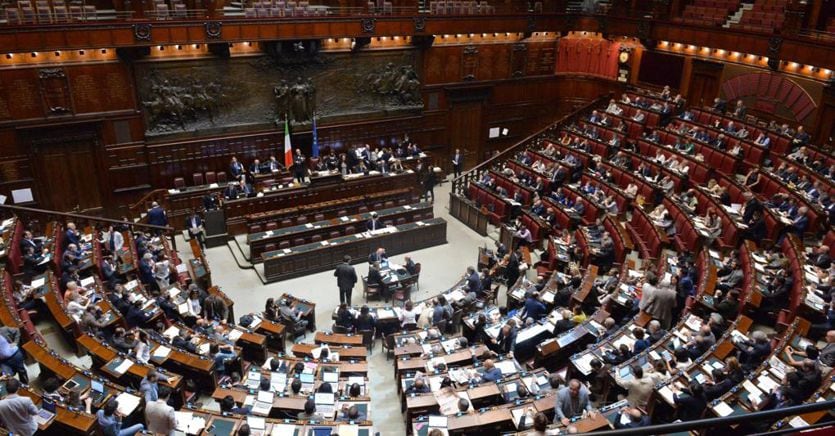Between the fiscal delegation and the Aid decree, a new tax map is outlined. In the first case, the Government tries to cement the agreement with the majority on land registry and flat tax. The objective of the Executive is to immediately report the text of amendments agreed with the respective parties that support the Government to the Finance Committee of the Chamber, obtain the approval of the Chamber of Deputies and then that of the Senate all by the end of June so as to then to be able to work on the delegated decrees and thus respect the times set by the Pnrr calendar. In the case of the Aid decree, on the other hand, awaited closely in the Official Journal after the text returned to the Council of Ministers’ table for some adjustments, the news concerns the local income tax.
Rentals nothing changes for the dry coupon
The new text of the tax delegation does not affect the flat rate tax on rents (see also Il Sole 24 Ore of 9 May). The document that came out of the difficult mediation within the majority and with the Government – was sanctioned at Palazzo Chigi by Prime Minister Draghi and the Secretary of the Lega Salvini – in fact leaves the current rates of 21% (market rents) and 10% unchanged. % (leases with agreed rent). If the current system, envisaged in the compromise outlined by the Mef, had passed, the consequence would have been a single tax rate for income from capital, including real estate income.
Cadastre: the double annuity
The text issued by the agreement marks the umpteenth rewriting of Article 6 on the Cadastre. The new cadastre will start in 2026. The explicit attribution of an asset value to the properties is no longer valid, but the indication of a “further annuity subject to periodic updating” survives the last political filing, to be added to the classic one. This income will be determined on the basis of the criteria of Presidential Decree 138/1998, which already allows municipalities to update the cadastral parameters to the changed conditions of the properties. This bis-annuity will not change the tax base, as was already foreseen at the outset. And it can be calculated taking into account the articulation of the municipal territory, the redetermination of the land use destinations, divided into ordinary and special, and the adoption of “consistency units”. Furthermore, the Government does not renounce to keep a window open on OMI values, which indicate market prices divided by areas: in the initial text they would have been the reference for reviewing the assets, in the one that came out of the mediation they remain as a reference data for access to the cadastral database.
Tax cuts from ghost houses
Instead, there will be a renewed hunt for “ghost houses”, with a simplification of communications and the use of these tools for the purposes of territorial checks by local authorities. With a promise: the higher revenue unearthed from the evasion can be used to reduce the levy on “regular” properties in the same municipality.
The reorganization of savings
The fiscal delegation aims to restore order even in the chaotic taxation of financial income. With a corrective developed by Italia Viva promoted by the speaker, the chairman of the Finance Committee of the Chamber, Luigi Marattin, the generic reference contained in the original text to the “progressive harmonization of savings taxation regimes” is enriched with the clarification on the basis of which the reorganization will have to be developed «with reference to the tax bases» and above all it will have to look at «the progressive overcoming of the distinction between income from capital and different income of a financial nature». Today the former are taxed gross of expenses and losses, the latter net with the mechanism of deductibility of excess losses. The objective is to file together with this double track the distortions it causes on a market in need of a taxman who is as neutral as possible on investment choices. Also because an openly “pro-growth” reform cannot leave intact a mechanism that actually discourages investment in the real economy.
